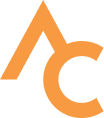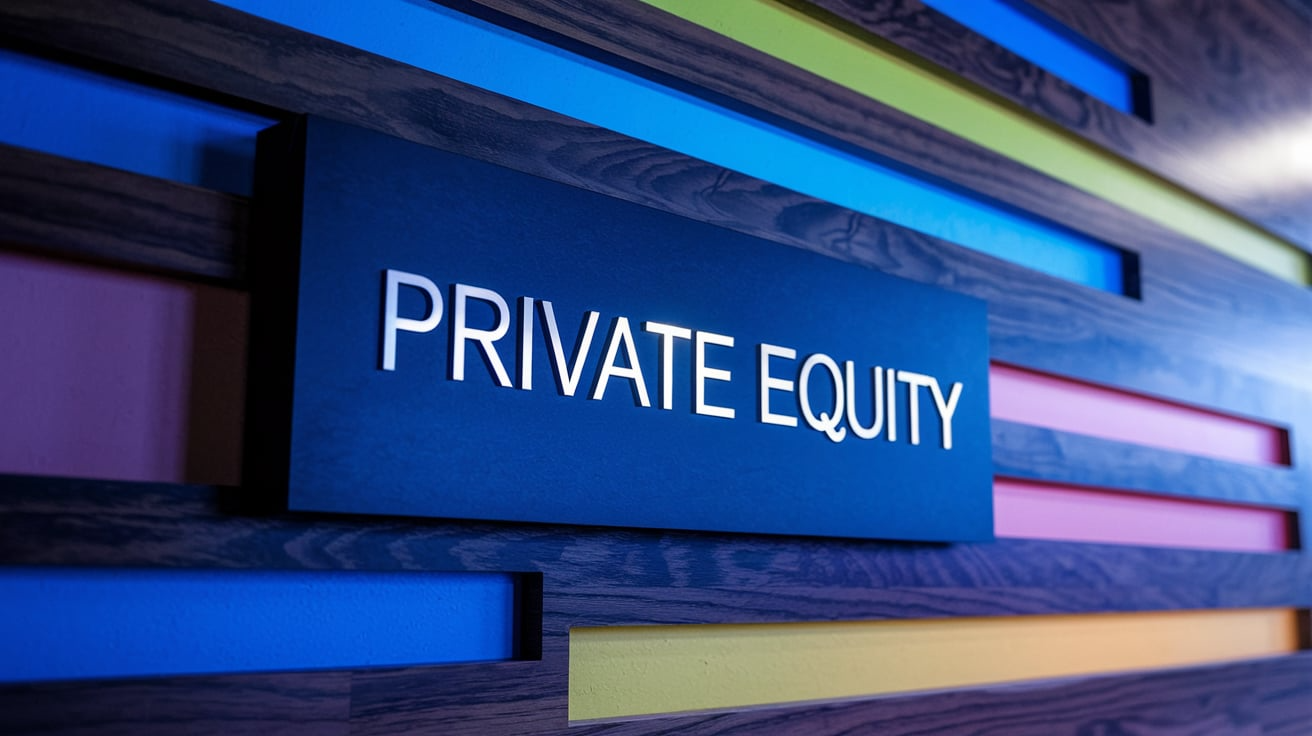When creating a digital campaign, you’ll often ask yourself several foundational questions. “How much money do we need to spend? Should we only be running ads on Google, or should we be on Bing, Facebook, or Instagram? Do we need to direct visitors to the main website? Should we build a landing page? What is an effective landing page?”
A landing page is a dedicated campaign-specific web page that drives your visitors to complete a single action. It’s a great tool that helps visitors discover offers and services, with clear steps to goal completion that tie directly back to your brand’s marketing goals.
This blog covers five elements for an effective landing page that will help you improve user experience and increase conversions.
1. The Unique Selling Proposition – What sets you apart from the competition?
Your Unique Selling Proposition is a single statement that clearly explains why someone should choose you over your competitors. Use your USP to create the main headline on your landing page. This headline does all of the heavy lifting, enticing visitors and accurately explaining what they should expect from the page. Be sure your headline matches the lead source (where visitors will come from, i.e., ad, email, or social post), so visitors know they’re in the right place.
2. The Benefit – How does your offer solve your users’ problems?
Ask yourself, “What are the needs of my ideal customer?” List the benefits of your product or service in an easily digestible format, such as bullet points, instead of burying them in a lengthy paragraph. Web users often scan pages for the most valuable information, and the easier it is for them to find it, the better experience they will have.
3. The Offer – What specific service or solution are you providing?
Solution-oriented offers encourage visitors to take action on your landing page. Your offer should serve a clear benefit and help your customers solve a problem. The offer can be anything, such as a free product or a discount on a service. Start building your offer by asking these three questions:
- What solution am I offering visitors?
- How can visitors claim or receive the offer?
- How will visitors use the offer once they claim it?
Be sure you accurately describe your offer. If the offer doesn’t live up to your advertising, you risk losing your visitors’ trust and their business down the road! Deliver on the promised offer – stick to the facts and don’t oversell.
4. The Call to Action (CTA) – What do you want visitors to do on this page?
A clear, actionable CTA is the key to a successful landing page. When building the page, identify a single CTA, following the 1:1 ratio rule. If visitors see too many CTA options, they may feel overwhelmed and end up taking no action at all. You can add multiple buttons or links throughout the page, but each action point must lead to the same destination. If you want users to convert, focus on keeping things clear and straightforward. Be sure to keep your copy relevant and focused on the benefit of clicking the CTA.
5. The Social Proof – How do customers feel after taking the offer?
Social proof is a highly effective selling point, especially in the online world. People are more willing to sign up or make a purchase when they see others have had a good experience. Include testimonials, case studies, or other user feedback on your landing page to build trust with readers and encourage conversion. Social proof helps reassure visitors that your offer is genuine, accurate, and useful for other people just like them.
Do you want to build profitable landing pages that convert curious visitors into loyal customers? We can help! We’ll assess your current strategies and suggest improvements to generate leads. LET’S CONNECT!






